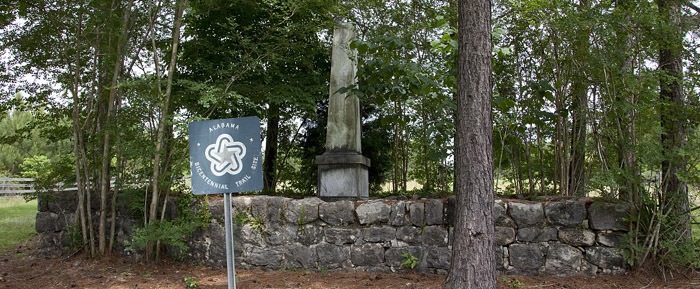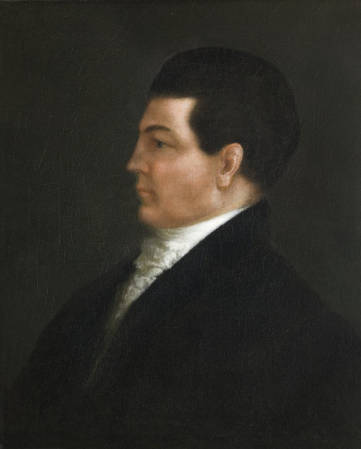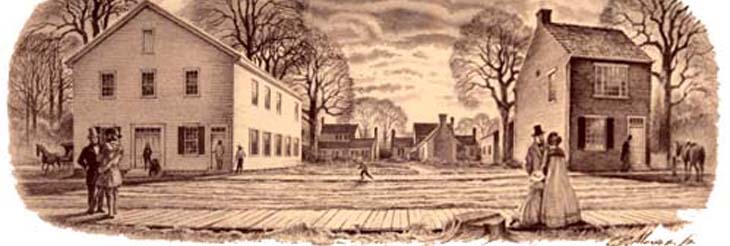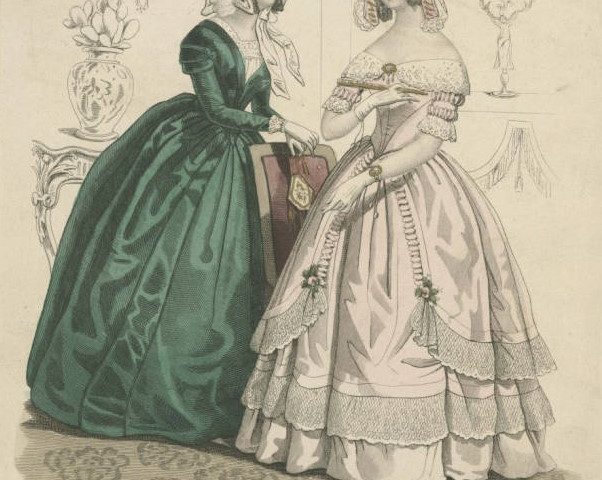The population in the new Alabama Territory increased so rapidly between 1817 and 1818, that by the time the second session of the territorial legislature met at St. Stephens in November 1818, transition to statehood was expected very soon. When the legislature met, a petition to Congress was drawn up and sent by John W. Walker, the speaker of the House to his friend, Senator Tait, of Georgia, who immediately presented it to the Senate.
 St. Stephens Historical Park 2010 (Carol Highsmith Library of Congress)
St. Stephens Historical Park 2010 (Carol Highsmith Library of Congress)
Controversy between the north and the south
However, there was so controversy over the apportionment of representatives. A recent census of the Territory had been taken and it revealed that Madison County in North Alabama was the most populous which alarmed people of the southern counties. Members of the legislature from the southern counties tried to reduce the number of representatives from the north by providing that no county could have more than a given number of seats in the constitutional convention. Their attempt was not successful. Instead, the southern counties accepted a rider to the bill which stated that the seat of government would be in the southern part of the Territory.
Governor Bibb suggested location of capital
Governor Bibb, the Alabama territorial governor who also served on the committee to report on a suitable site for the seat of government, chose to locate the capital at the junction of the Cahaba/Cahawba and Alabama Rivers. This location was convenient for all representatives who lived on southern rivers in Alabama, but not for representatives who lived in the Tennessee Valley, but the northern representatives accepted this concession on the condition that Huntsville would be the temporary seat of government until a town could be laid out and buildings erected at Cahaba.
 Governor William Wyatt Bibb
Governor William Wyatt Bibb
Gov. Bibb resigned from Senate
The first governor of Alabama, William Wyatt Bibb, formerly a United States Senator for Georgia, had resigned his seat in the Senate because his vote for a bill increasing the salaries of Senators “aroused a storm of indignation at home. His colleague, Charles Tait, was under the same condemnation, but, urged by John W. Walker, of Huntsville, he remained until the end of his term and saw Alabama safely admitted to the Union. Then, retiring from public life in Georgia, he purchased a plantation upon the Alabama and moved in the new state. It was Senator Tait, who, in 1802, had notified the Senate of Georgia’s consent to a division of Mississippi Territory and who piloted through that body the final bill which provided for a division in 1817. Both Tait and Bibb were staunch friends of William H. Crawford, of Georgia, Secretary of the Treasury, and it was likely through his influence that the latter was appointed Governor of the Alabama Territory.”1
Convention met in Huntsville
The convention was set to meet in Huntsville on the first Monday in July. Madison County had eight delegates against four for the next largest county. Among the men elected to the convention were some who had experience in the public affairs of other states Three were former Congressman and two were Supreme Court Judges from North Carolina-Virginia. From their number, six governors, six state supreme court judges, and six United States Senators were later selected. Even the noted Indian fighter and pioneer, Sam Dale, sat among them.
The convention assembled at Huntsville on July 5, 1819, and John W. Walker of Madison County, who had been Speaker of the House of the last session of the Alabama Territory’s General Assembly, was elected to preside. John Campbell from Madison County was elected secretary and Daniel Rather who was also from Madison County was elected doorkeeper.
 Old Huntsville
Old Huntsville
The delegates
In his book, Constitutional Development in Alabama, 1798-1902, Dr. Malcolm McMillan provided the following insight as to the delegates.
“Forty-four delegates were elected to the convention which assembled in Huntsville on July 5, 1819. Of this number, there were at least eighteen lawyers, four physicians, two ministers, one surveyor, one merchant, and four planters or farmers. Nine of the forty-four had had prior legislative or judicial experience in the states from which they had come. Harry Toulmin of Baldwin County had been president of Transylvania University, Secretary of State for Kentucky, and an Alabama territorial judge since 1804. William Rufus King of Dallas County had served in Congress from North Carolina from 1810 to 1816 and after that was Secretary of the American Legation to St. Petersburg, Russia. Israel Pickens from Washington County had been a member of the North Carolina Senate and had represented that state in Congress from 1811 to 1817. Marmaduke Williams of Tuscaloosa County had been a member of the North Carolina Senate and had served that state in Congress from 1803 until 1817. John Leigh Townes had served in the Virginia legislature in 1815 and 1816. John Murphy of Monroe had been clerk of the South Carolina Senate for ten years and a trustee of South Carolina College, 1809-1818. Clement Comer Clay, Henry Hitchcock, Hugh McVay, James McGoffin, Gabriel Moore, Reuben Saffold, and John W. Walker had all been members of the Alabama territorial legislature and Samuel Garrow, Mayor of Mobile. At least eight of the men had had some college training. The potential ability of the delegates is best indicated by the fact that from them the state obtained six governors, six judges of the supreme court, and six United States senators.”
1Abernethy, Thomas Perkins PHD, Professor of History, University of Chattanooga, The Formative Period in Alabama 1815-1828, Brown Printing Company, Montgomery, Alabama, 1922
See the names and represented counties of the forty-four men who met at Alabama’s First Constitutional Convention in 1819 and more in: ALABAMA FOOTPRINTS: Statehood
More stories include:
- Who Controlled And Organized The New State of Alabama?
- Tuscaloosa Had Three Other Names
- Chandelier Falls & Capitol Burns
- Alabama Throws Parties For General LaFayette
- Francis Scott Key Was Sent to Alabama To Solve Problems





Love this site! Thank you.
A great read!!
I always read these Vicki . Please keep on posting .
While researching my family, I found a record where my great grandfather, Samuel W. Oliver, was Speaker of the House in the Alabama legislature in the 1820’s. One report to him outlined the budget of Alabama for five years from pre-statehood and a couple of years thereafter. The budget ran around $60,000 a year! How times have changed.
Grate reading thank you very much
My ancestors were listed in Matte’s book on the History of Washington county as holding office as Justice of the Peace. I have evidence to suggest they were in Old St. Stephens. I would love to know more. Are their any other resources on Old St. Stephens?
In 1814 the Mississippi Territory changed The Name of Natchez to Mobile Alabama.
Sadly, Constitution Hall Village in Huntsville has not been kept up as one would expect an historical attraction should. Driving by the other day, I was sad to see all the peeling paint on the buildings. It’s not a large parcel of land, and it needs to be maintained.
But our “leaders” nowadays don’t have foresight to see down the road and take care of such things. They are more worried of taking care of their pocketbooks!
…more interested in destroying History than in preserving it…and, lining their pockets.
End
Need people to he!p
put an end to ripping out
Our History
Are there people in those area going
to make a stand to save our
Historically right history , for now and our future .!!
a
We need some American people to oversee and maintain our history,
the
Historical …….not taking it down..!!!!